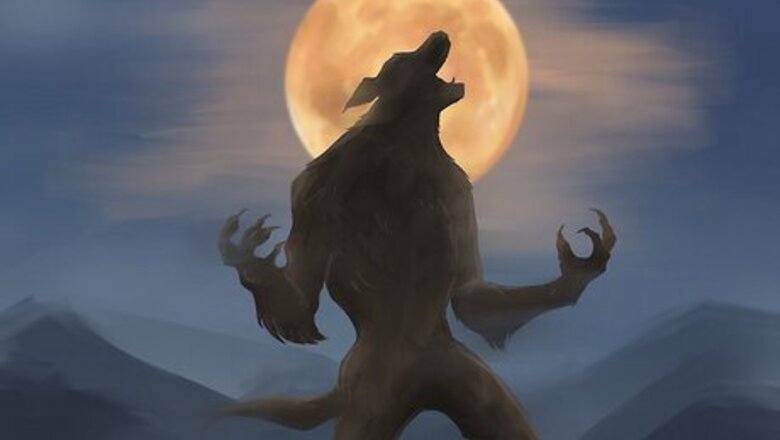
views
X
Research source
While they're definitely considered mystical or supernatural creatures, they might even have some basis in reality. But what are these powerful shapeshifting humans capable of? Read on as we delve into the fascinating world of the werewolf, examining their abilities, their weaknesses, and what triggers that fearsome transformation.
Werewolf Abilities
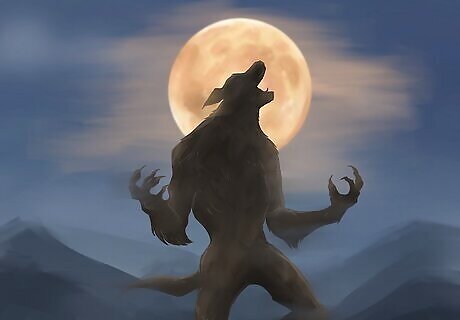
Shapeshifting Perhaps the best-known werewolf ability is the ability to shift into a wolf. In some traditions, the werewolf has the power to do this at will. In perhaps the most popular telling, the werewolf changes under a full moon. The transformation process can be nearly instantaneous or it might last hours. Sometimes, it's depicted as being painful or physically traumatic. Many full-moon werewolves don't actually have any control over the transformation, so it's not quite as much of an ability for them.
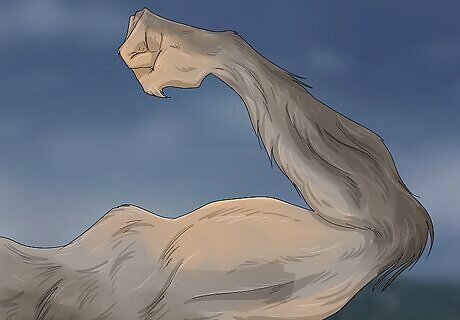
Enhanced strength A werewolf has supernatural strength and is often even stronger than either a human or a wolf would be in the natural world. Even though werewolves are often larger in their wolf form than in their human form, their strength is typically depicted as great even for their size.
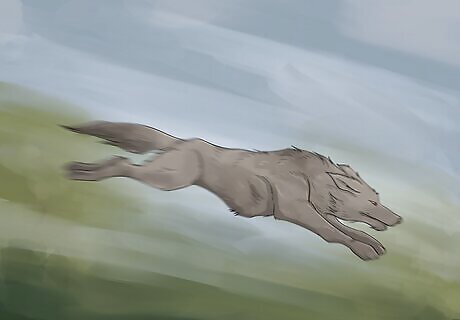
Enhanced speed There's no getting around it—almost all werewolves are depicted as being incredibly fast. They're almost always faster than any human or wolf in real life could possibly be. This enhanced speed typically only affects the werewolf when they're in their wolf form. Werewolves typically have the stamina to go along with that speed and might not even need to stop for rest when they're in wolf form (although they typically have to recuperate once they return to human form).

Enhanced agility and reflexes In wolf form, the werewolf is incredibly nimble and able to easily surmount obstacles as well as attack and defend themselves. This is all the more impressive because werewolves typically look like hulking beasts that you wouldn't expect to move with grace.
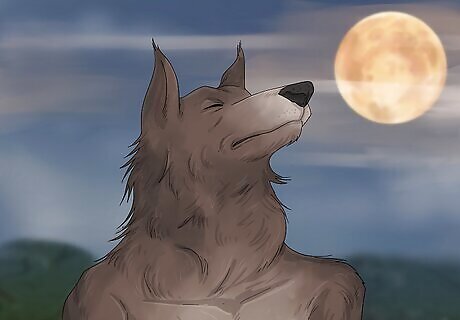
Enhanced senses Werewolves have many enhanced senses, most of which are related to senses that wolves have to a greater extent than humans. This might include sharpened eyesight, night vision, increased sensitivity to and ability to recognize smells, In classical Greek folklore, a wolf's gaze can paralyze humans. This strength is also attributed to classical werewolves.
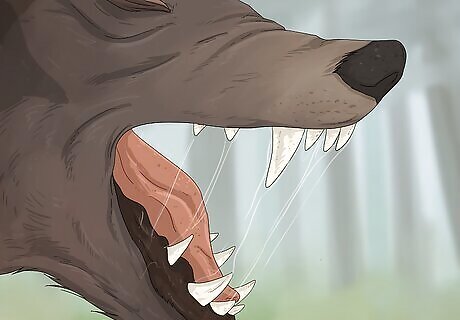
Transformational bite In the Hollywood version of the werewolf, at any rate, being bitten (or even scratched) by a werewolf is enough to turn someone else into a werewolf. While this idea doesn't appear in the ancient folklore or traditional werewolf mythology, it is an important werewolf ability in many modern stories. In many myths both ancient and modern, being a werewolf is a hereditary trait passed down through generations, not something transmitted by a bite or scratch. In some legends, you can only become a werewolf if you are cursed with the condition by a witch or a god.
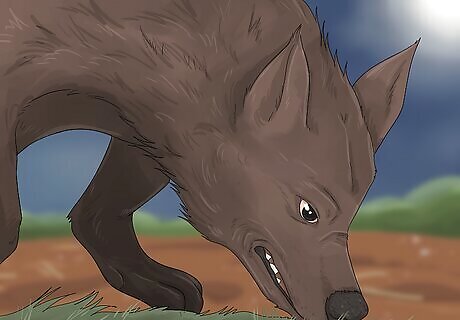
Animal instincts Since a werewolf transforms into a wolf-like creature, it stands to reason that some of those same instincts would carry over as well. Werewolves typically have great directional sense as well as tracking ability that comes to them instinctively with their wolf form.

Healing and empathy Werewolves often have the ability to heal more quickly—perhaps even instantaneously—from minor injuries they get while in wolf form. Sometimes they can heal other people this way as well, although usually to a lesser extent than they can heal themselves. In some stories and legends, they also have the ability to feel or sense other people's emotions, and might be able to exert some emotional healing power through that as well. In some stories, such as MTV's Teen Wolf, werewolves are able to absorb the pain of others, effectively helping them to heal. Some stories also grant werewolves telepathy (either with other werewolves, humans, or other supernatural beings), although this ability is one of more recent vintage.
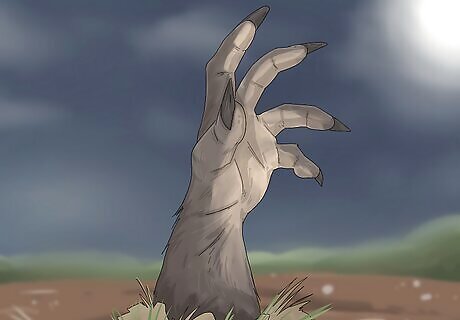
Immortality A werewolf's immortality is sometimes related to their healing ability. Essentially, because they're able to heal themselves from most wounds or ailments, they effectively live forever. In other traditions, a werewolf is simply immortal, just as many other supernatural entities (such as vampires) are.
Werewolf Weaknesses

Silver and other metals The myth that a silver bullet can stop a werewolf isn't even really a myth—it's a Hollywood invention courtesy of the 1941 movie The Wolf Man. But folklore evolves, and the werewolf's vulnerability to silver remains in many modern werewolf stories. Sometimes this relates to a specific injury, such as silver in the brain or in the heart.

Phases of the moon At the full moon, a werewolf's powers are at their peak. So it stands to reason that in many traditions, the werewolf's powers are at their lowest during the early phases of the moon. Essentially, the less of the moon you can see in the sky, the less enhanced a werewolf's powers are.

Human form In some legends, werewolves carry over their enhanced strength, speed, and agility in human form, although it is somewhat lessened. Even then, werewolves are still more vulnerable when they're in their human form, and therefore easier to kill.
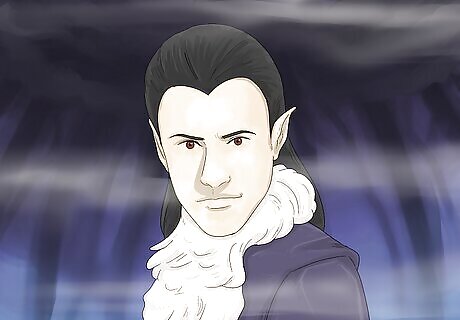
Stronger supernatural beings In stories that have werewolves interacting with other supernatural beings or forces, such as vampires, these other beings often have powers that can match or overpower all but the strongest werewolves. Having werewolves interact with other supernatural beings is more of a modern phenomenon in werewolf lore.
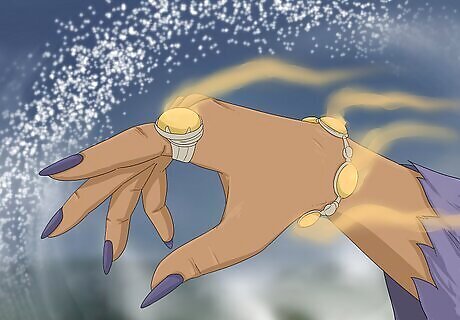
Magic Many stories where supernatural and magical creatures collide use the idea of magic itself, or magicked items, as having some sort of power over werewolves. These powers can range from killing to neutralizing or having some level of mental control.
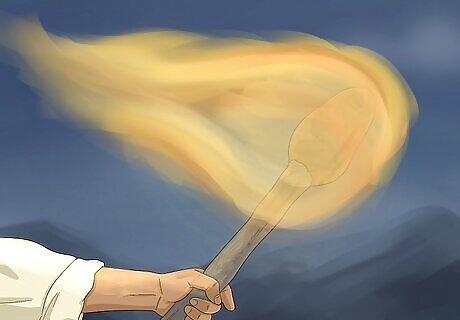
Fire Many stories at least pitch fire as something that werewolves are afraid of, won't come near, or will retreat from. So following that, you could use fire to drive away a werewolf. In a few stories, fire can cause a werewolf to transform from wolf form to human form. Fire is a controversial one, though, because some stories have it that werewolves are actually immune to fire—and it stands to reason that if they were immune to it, they wouldn't be scared of it either.
Transformational Triggers
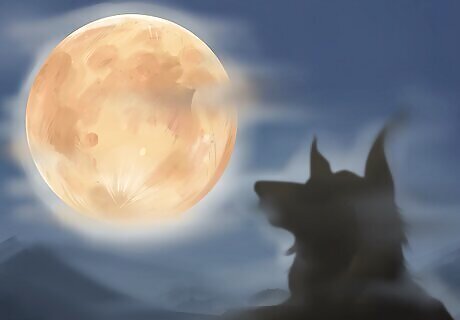
Phases of the moon The most common way that a werewolf transforms from human form to wolf form is by the light of the full moon. In many more modern stories, the werewolf has no control over this transformation short of staying inside when the moon is full. Werewolves that have the ability to transform at will might nevertheless be affected by the phases of the moon. For example, their powers might be strongest during the full moon and weakest during the new moon.
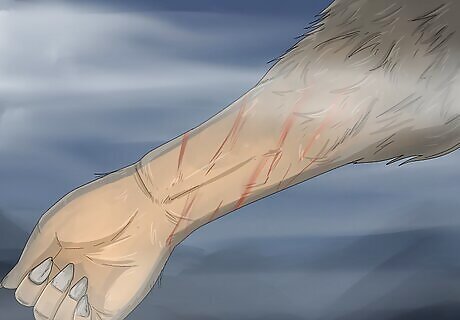
Getting hurt In some traditions, a werewolf may change form if they're injured—either from human form to wolf form or from wolf form back to human form. For werewolves that heal while in wolf form, the transformation might be necessary so that the werewolf can heal from their wounds more quickly.
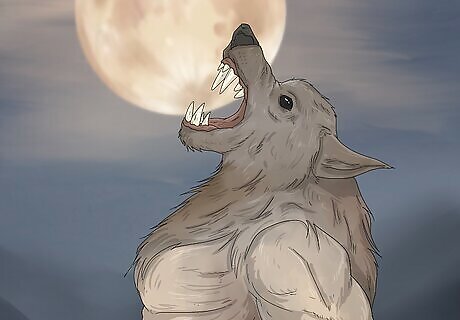
Rage or adrenaline rush In stories in which werewolves hold control over their power to transform, an adrenaline rush or rage might trigger the transformation from human to wolf. Presumably, the werewolf is better able to accomplish their objective in wolf form when their strength, stamina, speed, and agility are enhanced.
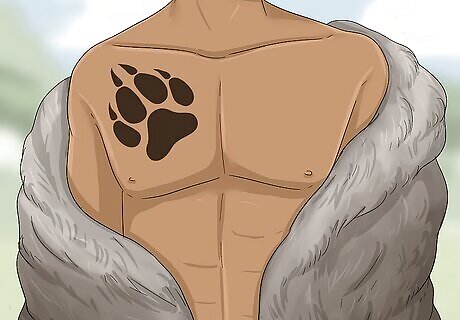
Specific clothing or rituals More ancient traditions and folklore hold that people who retain the ability to transform into a wolf must wear a specific item of clothing (often a wolf's skin) to stay in human form. When they take the item of clothing off, they transform. Other stories include a specific ritual that must be completed for the change to take effect. In some of the earliest werewolf stories, this transformational power was conferred either as a blessing or a curse from a god, witch, or other supernatural figure.
Werewolf Origins
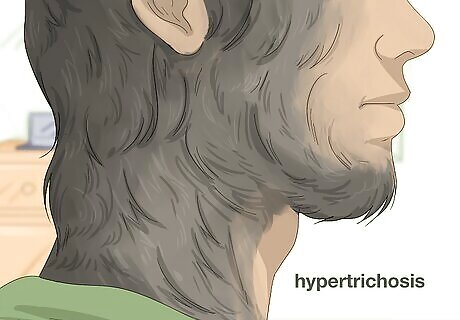
Werewolves are one of the most ancient supernatural beings. The idea of a human that can shape-shift into a wolf is one that's been around basically as long as civilization. There are ancient Greek fables about werewolves. The creatures also feature in the folklore of various native cultures going back thousands of years. Some medical conditions, including hypertrichosis, a rare genetic disorder that causes excessive hair growth, have historically led people to believe that werewolves are real. Werewolf legends have emerged independently among cultures all over the world. Werewolves are not only the subject of ancient folklore but also modern storytelling, including books, movies, television shows, and even music. Werewolves look different depending on the culture and time period. In some legends, werewolves look entirely like a wolf and walk on all fours when they're in wolf forms, while in others the werewolf is a bipedal creature that still retains some human qualities.
How does a person become a werewolf?
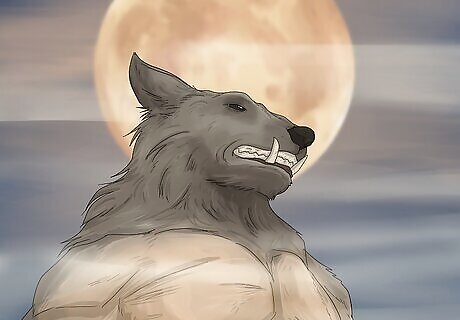
You can't always choose to become a werewolf. In more modern stories, you might become a werewolf by being bitten by someone who is already a werewolf. Usually, the person has to be in wolf form at the time—sometimes, it also has to be a full moon. But becoming a werewolf after a bite is a fairly recent addition to werewolf lore. In some of the oldest werewolf stories, including ancient Greek fables, people became werewolves because they were cursed by a god. In some legends, being a werewolf is a genetic thing that's passed down through the generations. A werewolf child typically grows up like a normal child and transforms into a werewolf for the first time and some point during puberty.




















Comments
0 comment